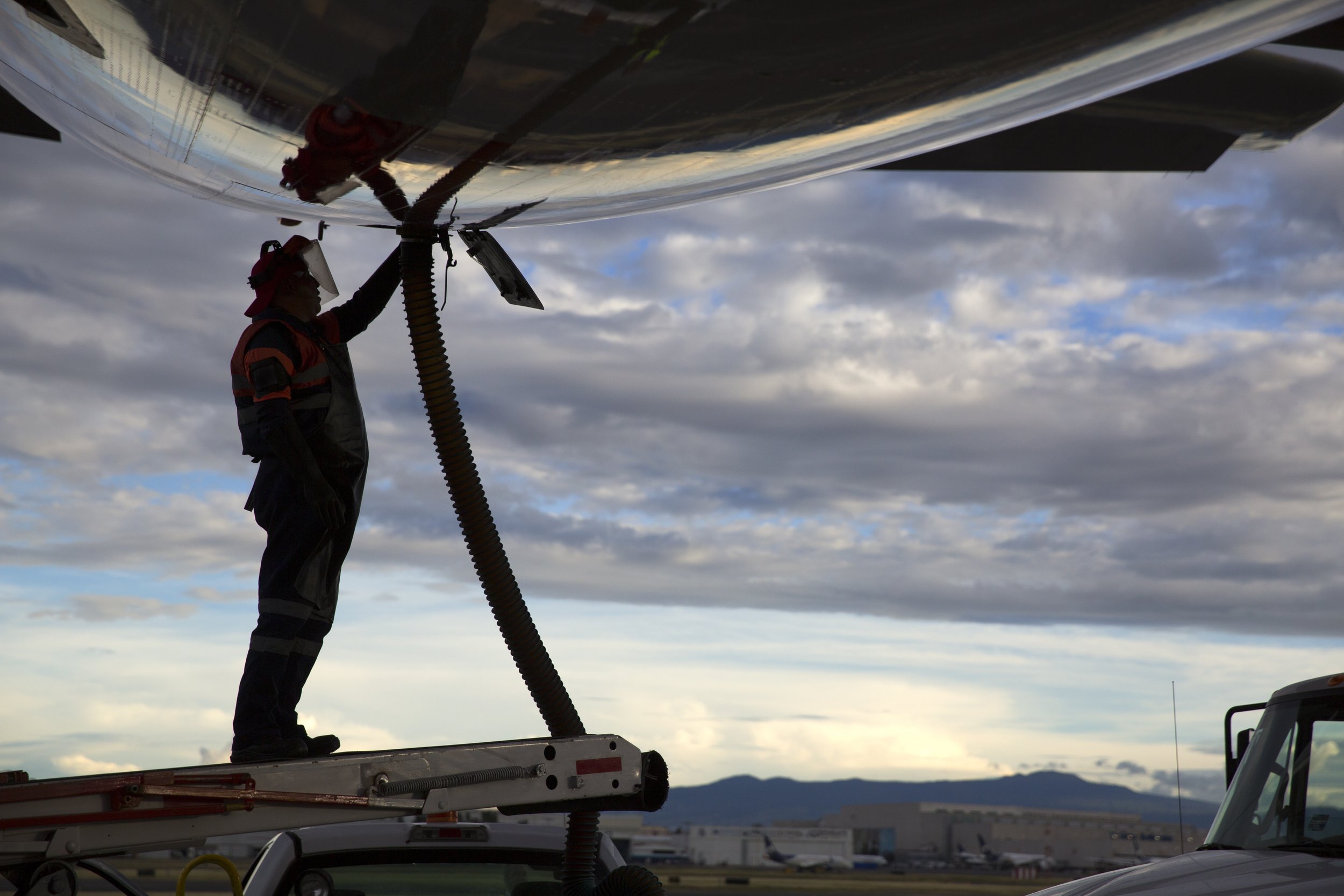Realising Early PtL Projects: what does it take?
Dr. Valentin Batteiger, Bauhaus Luftfahrt
PtL jet fuels are a cornerstone of almost every decarbonisation strategy of civil aviation, however, real-world production is still limited to demonstration projects. This situation is changing, backed by regulatory frameworks that incentivise a growth market for PtL jet fuel. ReFuelEU Aviation requires minimum shares of sustainable aviation fuel at European Union airports. A sub-mandate for synthetic kerosenes, essentially PtL fuels, defines minimum uptakes starting from 1.2% in 2030, gradually increasing to 35% in 2050.
Effective regulatory frameworks are of key importance for the up-scale of PtL as projected production costs are not competitive with current jet fuel prizes. It is important to realize that the combination of substantially improved sustainability and scalability is the narrative behind such regulations. Sustainability is the license to grow a PtL industry.
Apart from direct CO2 air capture (DAC), all building blocks are proven technology in different environments, but their integration into a commercial PtL plant remains challenging. Furthermore, identifying suitable locations is crucial and large investments are needed that only pay off in the long-term. The following consideration are essential for developing successful PtL projects:
Secure long-term access to low-cost green hydrogen. This usually means access to low-cost renewables
Secure long-term access to sustainable carbon
Secure long-term fuel offtake at a price premium
Team-up with experienced partners along the whole production and value chain
Think about side products, a high share of jet fuel is the way to go in most cases.
Green hydrogen drives the cost of PtL fuel production. In turn, access to low-cost green hydrogen is mandatory for commercial PtL projects and needs to be secured over the lifetime of the plant. At least for early projects, access to low-cost renewable electricity is synonymous with access to low-cost green hydrogen. Power-purchase-agreements can play a key role, especially in regions with high electricity demand from other sectors. Large-scale PtL plants will often require green-field renewables and long-term access may be secured by owning the new generation capacity.
Carbon supply should not be the largest concern in terms of cost, but carbon availability can easily become a bottleneck. The carbon source is also directly linked to the sustainability of the fuel and therefore subject to regulation. Choosing a truly sustainable carbon source is a good hedge against changing regulations, still it needs to be ensured that the source will persist, otherwise the full plant is at risk. Such constraints might be solved by coupling with advanced biofuel production and prospectively by DAC, but DAC will rarely be an option for the first wave of projects.
For the time being, PtL fuels remain expensive. Even worse, typical incentives that are granted across sectors, such as carbon taxes or emission allowances, are insufficient to close the gap. ReFuelEU puts fuel suppliers at a pivotal position, they can produce PtL to meet their own obligations. Business models of new players need to ensure long-term offtake at a sufficient price level, especially if the electricity generation capacity is not owned by the fuel producer.
PtL is truly cross-sectorial and requires strong expertise with all technical building blocks, the interplay of subsystems, as well as up-stream and downstream market environments including the respective regulations. In addition, PtL plants need to be financed. Only few companies may realize and run a PtL project on their own. In most cases experienced, trusted and dedicated partners are a requirement to realize and replicate projects.
Marine will not pay a premium for large molecules and electrification is the prime option for road, so think about side products. Optimized PtL pathways offer some 60-80% selectivity to jet and the market value of the remainder can become decisive. In fact, different PtL pathways produce distinct side products and their market values are an important consideration for plant design. Early projects should stay away from making aromatics, PtL fuels without aromatics are simpler to produce and offer additional benefits in terms of air quality and non-CO2 climate impact.


